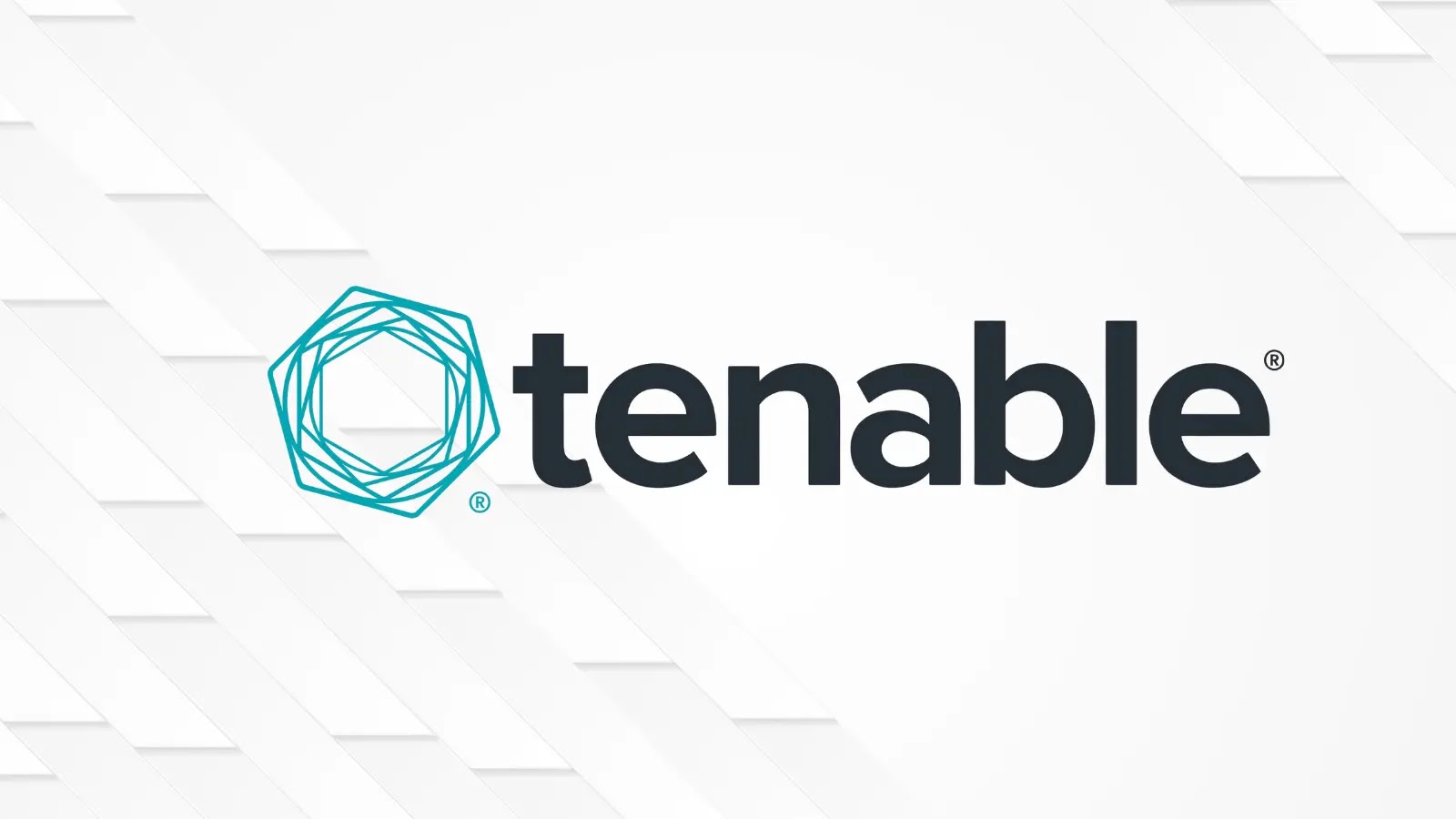
Tenable Confirms Data Breach – Hackers Accessed Customers’ Contact Details
In an increasingly interconnected digital landscape, the security of customer data stands paramount. News of a data breach at a significant cybersecurity vendor like Tenable sends ripples through the industry, underscoring the pervasive nature of cyber threats. Recently, Tenable confirmed a data breach that exposed sensitive customer contact and support case information. This incident is not an isolated event but part of a broader, sophisticated campaign targeting integrations between enterprise CRM and marketing platforms.
The Tenable Data Breach: What Happened?
Tenable, a prominent player in vulnerability management and cybersecurity, recently disclosed that it suffered a data breach. The breach specifically compromised certain customer contact details and information related to support cases. This exposure raises significant concerns for affected individuals and organizations, as such data can be leveraged for various malicious purposes, including phishing attacks and social engineering.
Understanding the Broader Campaign: Salesforce, Salesloft, and Drift
Crucially, Tenable clarified that this incident is not a direct compromise of its core security infrastructure. Instead, the breach is a consequence of a wider data theft campaign. This campaign specifically targets an integration point between Salesforce, the world’s leading customer relationship management (CRM) platform, and the Salesloft Drift marketing application. This attack vector highlights a critical vulnerability often overlooked: the security of third-party integrations.
Numerous organizations beyond Tenable have reportedly been impacted by this campaign. The attackers exploited a weakness in how data flows between these widely used business applications, gaining unauthorized access to sensitive customer information residing within those integrated environments. This underscores the expanded attack surface created by interdependent software solutions.
Impact of the Breach: Confidentiality and Trust at Risk
The exposure of customer contact details—such as names, email addresses, phone numbers, and potentially company affiliations—poses several risks:
- Increased Phishing and Social Engineering Risk: Malicious actors can use this information to craft highly convincing phishing emails or make targeted phone calls, attempting to compromise credentials, deploy malware, or extract further sensitive data.
- Identity Theft Risk: While not directly exposing financial data, the combination of contact details with other publicly available information can contribute to identity theft.
- Erosion of Trust: For any cybersecurity company, a data breach, even if indirectly caused, can lead to a loss of customer trust and reputational damage.
Remediation Actions and Best Practices
While Tenable has indicated the incident stemmed from a third-party integration compromise, the broader implications demand a proactive response from all organizations utilizing similar platforms. Here are critical remediation actions and best practices:
- Review Third-Party Integrations: Conduct a thorough audit of all third-party applications integrated with critical business systems like Salesforce. Understand the data flow, access permissions, and inherent risks associated with each integration.
- Implement Strong API Security: Ensure robust security measures for all APIs (Application Programming Interfaces) connecting your systems to external applications. This includes strict authentication, authorization, rate limiting, and continuous monitoring.
- Enhance Phishing Awareness Training: Given the heightened risk of social engineering, reinforce security awareness training for all employees. Emphasize identifying suspicious emails, never clicking on unverified links, and reporting unusual activity.
- Leverage Multi-Factor Authentication (MFA): Enforce MFA for all user accounts, especially those with access to sensitive data or integrated platforms. This adds a critical layer of security even if credentials are compromised.
- Regular Security Audits and Penetration Testing: Conduct frequent security audits and penetration tests, focusing not just on core systems but also on third-party integrations and supply chain vulnerabilities.
- Monitor for Suspicious Activity: Implement robust logging and monitoring solutions to detect unusual access patterns, data exfiltration attempts, or unauthorized configuration changes within CRM and marketing platforms.
- Stay Informed: Subscribe to security advisories and threat intelligence feeds from your vendors and industry sources to stay ahead of emerging threats.
Tools for Enhancing Security and Detection
| Tool Name | Purpose | Link |
|---|---|---|
| Tenable.io | Vulnerability Management & Attack Surface Management | https://www.tenable.com/products/tenable-io.html |
| Salesforce Security Health Check | Assesses Salesforce security settings against best practices | https://help.salesforce.com/s/articleView?id=sf.security_health_check_overview.htm&type=5 |
| OWASP ZAP | Web application security scanner (for integration APIs) | https://www.zaproxy.org/ |
| Nessus | Vulnerability scanner (can assess web application and network security) | https://www.tenable.com/products/nessus.html |
Insights and Takeaways
The Tenable data breach serves as a stark reminder that even leading cybersecurity firms are not immune to the pervasive threat landscape. The incident highlights several critical lessons for organizations of all sizes:
- Supply Chain and Third-Party Risk: Your organization’s security posture is only as strong as its weakest link, which often lies within third-party integrations or supply chain vulnerabilities. Due diligence is paramount when integrating external services.
- The Pervasiveness of Data Theft Campaigns: Cybercriminals are increasingly engaging in widespread campaigns targeting common platforms and integration points, rather than isolated attacks on individual companies.
- Importance of Data Minimization: Only collect and store the data you absolutely need. The less sensitive data you possess, the less there is to lose in a breach.
Remaining vigilant, continuously assessing your attack surface, and implementing comprehensive security measures are essential for navigating the complexities of modern cyber threats and protecting sensitive customer information.





